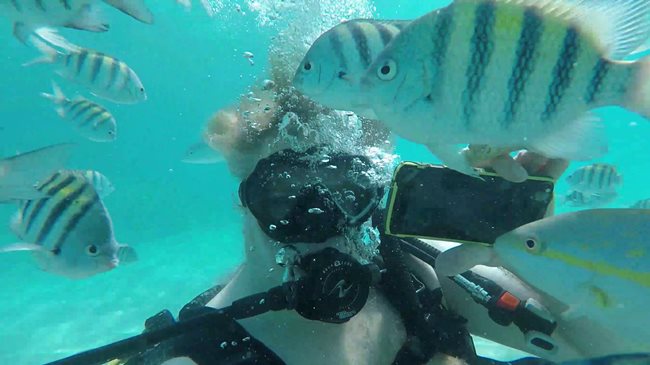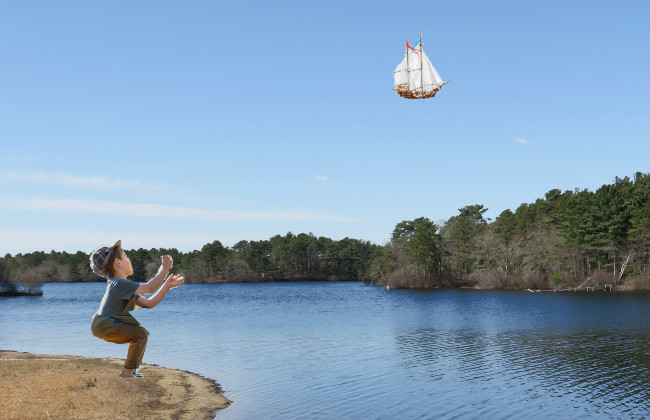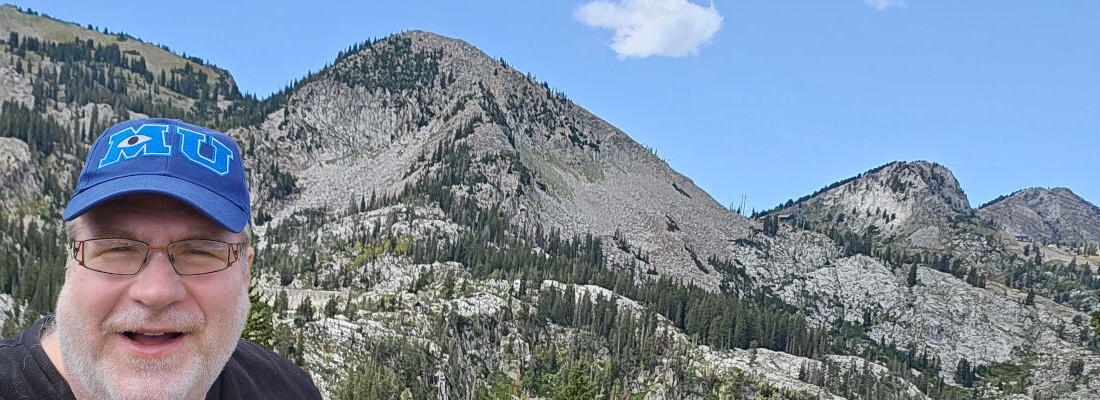Hey, there!
My name is Johnny Monsarrat.

I’m an entrepreneur who co-created a new category of video game, Massively Multiplayer Online games (MMOs) as Founder, CEO, and CTO of Turbine. Turbine was acquired by Warner Bros.
Now I’m making a new category of video game, Outdoor RPGs, and made these promotional stunt videos where I pretend to show our mobile game to sharks and monkeys, and take the game ziplining over Niagara Falls and riding a real World War II tank.

Where do I come from?



Long before I was born, when my mother was a teenager, she discovered a book called Time-Motion Study. Time-Motion Study is the academic field of efficiency. Henry Ford didn’t really invent the automobile, but he did invent the assembly line. For example in one part of the line, a worker would attach tires to a car. Why put the tires in a pile on the floor, costing the worker extra time to bend over and pick up each one? Instead, mount the tires on a rack at waist height. It was a way of thinking and organizing that saved you time — something today we might call “life hacks”.
For example, my mother trained me so that every time I would walk out of a room, I would look around first to see if anything needed to come with me. In that way, you can amortize your organizing your stuff as part of everyday life. You don’t even really notice it, and it never piles up into a disaster that takes a whole weekend of “Spring Cleaning” to set right. It’s efficient. It makes you anxious. It’s efficient. It turns you into a workaholic. But did I mention how efficient it is?
My mother became obsessed with optimizing and organizing every facet of life. She got a lot done but she was also impossible to keep up with. If she had been born 50 years later, she could have become President of something. Instead she became a teacher and homemaker, dedicated to special projects. Hanging up decorations for the holidays wasn’t just an activity or a chore. It was like a military invasion. She later ran a summer camp for the YMCA and ran a small museum.
I was her biggest project. I tell people sometimes I was raised to speak two languages: English and list-making. When I was 7 I was already doing crazy stuff like writing my own local newspaper and walking door to door trying to sell copies for a quarter. Having a master organizer in my head, almost an alien presence, has both good and bad effects, but I cannot deny it. That’s who I am. I was built like some kind of Pentagon project, by both of my parents, to untangle stuff and take over. Much later, billionaire Cyan Banister and former PlayStation CEO Jack Tretton would each remark, Johnny gets shit done.
I went to MIT at the age of 16 and got caught up in creative activities like live roleplaying (LARPing), drawing cartoons for the school newspaper, and community service. I played the MIT Beaver. I worked at the MIT Media Lab and the MIT AI Lab, for Rodney Brooks, who later became Department Chair and founded iRobot, which makes the robot vacuum cleaner. I helped build the world’s first juggling robot, which sounds pretty cool, until you realize, why? What’s that good for?
Later, I became a PhD student in computer science at Brown University, specializing in artificial intelligence and computer graphics. For example, I lead a team to build the first robot to be driven remotely over the Internet, back in 1993. That was marginally more useful than a juggling robot, but the sad truth was that it wasn’t leading to graduation. Mostly, I was aping my mother’s mania with giant projects, building mobile robots. It didn’t work well. By the time you assembled a towering stack of shaky technologies — the wheels, the power systems, the sensors, the software libraries — and could actually do something with the robot, something else would break.
It was engineering, not research. I wasn’t going to get a PhD thesis that way. I am ashamed to admit that I sort of hated the research side. Real research in artificial intelligence was deeply mathematical and theoretical, not at all like building super cool robots that didn’t do much. I was stagnating.
But around that time, 1993-1994, I became the department expert in “The Internet”. Ooooo… the Internet. I had a little hobby, to take the video games we liked: text-based MUDs and real world LARPing, and combine them into a 3D persistent world game that could support thousands of people. It wasn’t even really a company at first, just a project that was too cool to let go. I put more and more energy into the hobby, and it drew many of my friends, and that was how I accidentally founded Turbine. Here’s the full story.
Turbine made one of the “big three” first MMO games. That’s Massively Multiplayer Online Roleplaying Games. Without really meaning to, I had co-created a new genre of video game. I eventually got an MBA, had many other adventures, including sequences the first bacterial genomes before the Human Genome Project and becoming a Washington DC lobbyist for good causes.
Now I’m back in video games, trying to create another new category: Outdoor RPGs. Like Pokémon Go, you walk around outdoors, but Pokémon Go is not a collecting game. With our games, you get deep storytelling, roleplaying adventures, and player interaction. See more at monsarrat.com.
Thoughts on Entrepreneurship, Business, and Video Games

Here on my personal website you’ll find my thoughts on the video game industry and advice about starting a company and business success.
I’ll avoid the more basic topics that you can learn from a book. Instead let’s talk about practical, in-the-trenches issues that can blindside you if you’re not aware of them.
For example, at a business networking event you can make yourself more approachable by wearing something notable. It gives people something to comment on, if they are slightly hesitant to walk up to you .
The same is true for your LinkedIn profile. Include something notable, a “hook” so that people writing to you can comment on it. That’s something that a spammer using form letters could never do, and it helps you tell which messages are from real people.
Other topics on this website will include:
- Game design and player retention
- Finding focus for your business
- How to shape your corporate culture
- Trends in the video game industry
